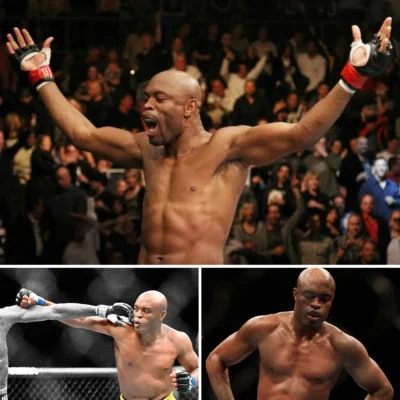
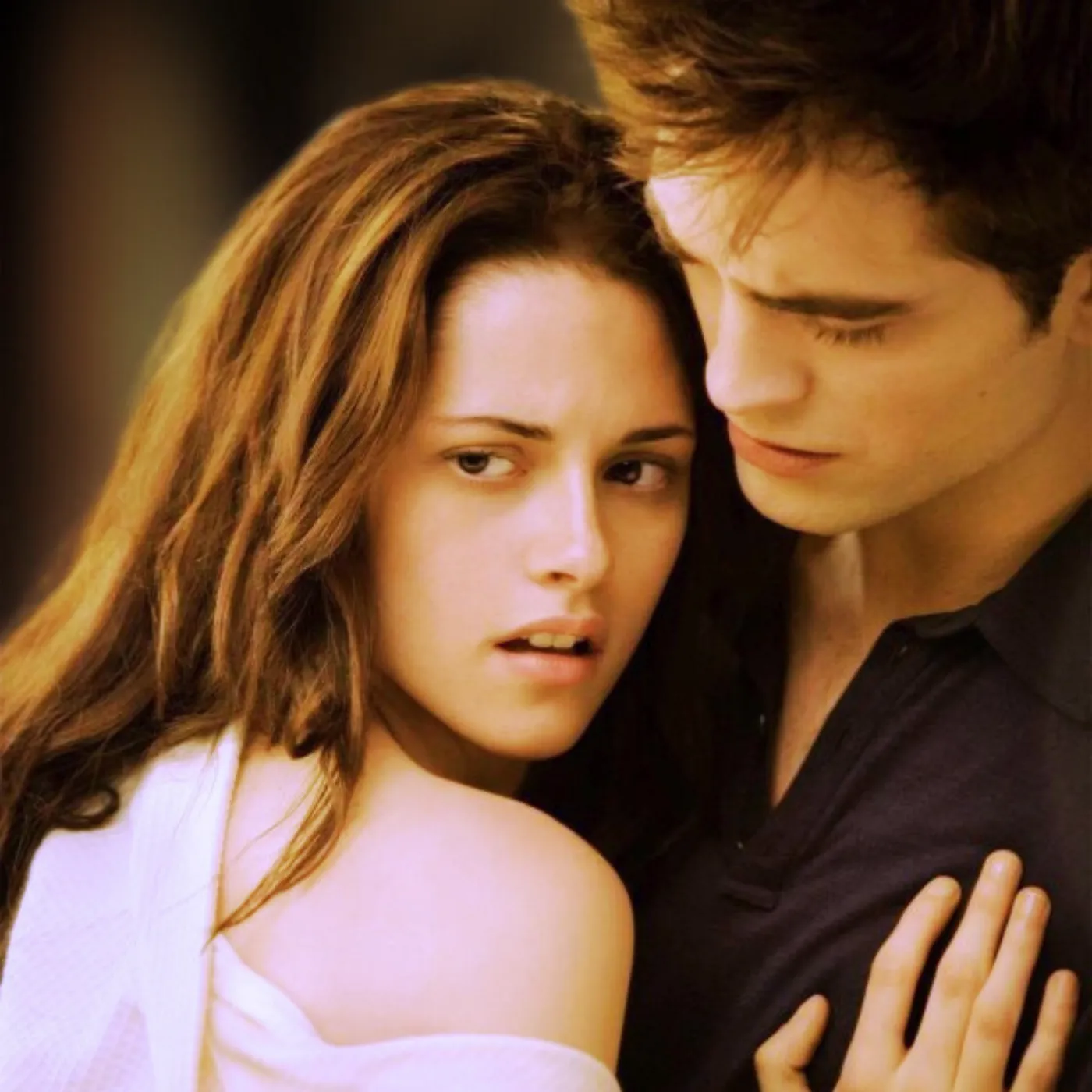
Robert Pattinson and Kristen Stewart’s Shocking Rise from Twilight to Hollywood Elite
For years, Robert Pattinson and Kristen Stewart were inseparable from the global phenomenon that was Twilight. The supernatural romance franchise turned them into household names, teen idols, and symbols of a cinematic era defined by sparkling vampires and brooding love stories. But with that immense fame came an even greater burden: breaking free from the suffocating mold of their Twilight personas.
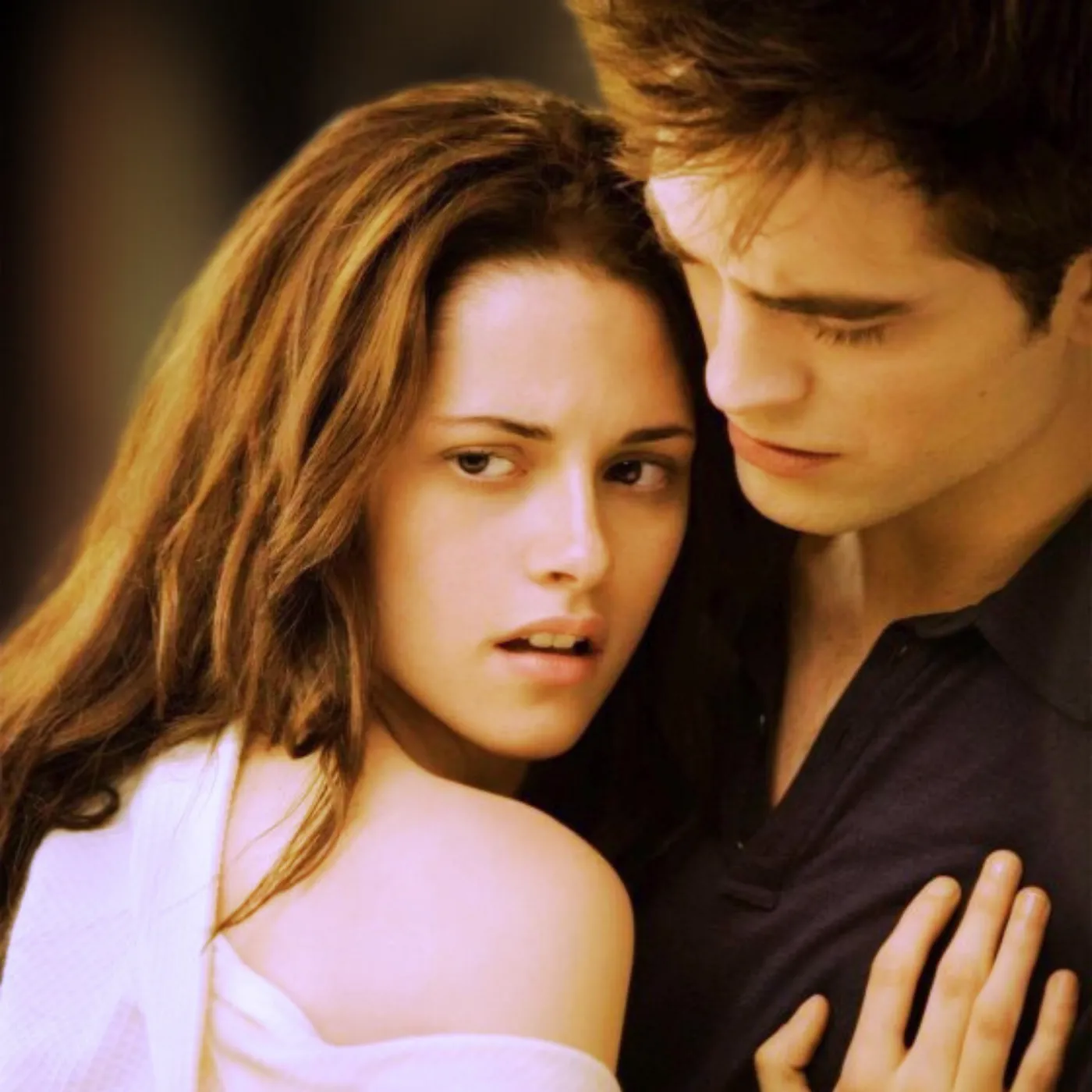
Both Pattinson and Stewart faced a long battle to redefine their careers, battling public scrutiny, industry skepticism, and the challenge of proving they were more than just the Edward Cullen and Bella Swan archetypes. Today, they stand among the most respected actors in Hollywood, known for their bold choices, artistic risks, and complete career reinvention. So how did they manage to escape the Twilight teenybopper prison?
From Global Stardom to a Career Crisis
When Twilight first hit theaters in 2008, it was an immediate cultural sensation. The books by Stephenie Meyer already had an immense fanbase, and the film adaptations sent Pattinson and Stewart into a level of fame neither had expected nor fully welcomed. While the franchise grossed over $3.3 billion worldwide, making them two of the most recognizable faces in Hollywood, it also placed them inside a restrictive box.
Pattinson became the brooding heartthrob, idolized by millions but dismissed by critics who saw Twilight as an empty spectacle rather than a serious acting vehicle. Stewart, meanwhile, was criticized for her reserved acting style, with some unfairly branding her as expressionless. The scrutiny of their real-life romance only added to the suffocation, turning their personal lives into tabloid fodder. When the series finally ended in 2012, the looming question was: Could they survive post-Twilight?
Taking the Hard Road: Rejecting Hollywood’s Expectations
Instead of cashing in on their Twilight fame with blockbuster roles, both Pattinson and Stewart made radical career moves. Rather than becoming franchise mainstays, they veered toward independent films, working with respected auteurs rather than chasing commercial success.
Robert Pattinson’s Transformation
Pattinson’s first major step away from Edward Cullen came in 2012 with Cosmopolis, a cerebral drama directed by David Cronenberg. The film, filled with abstract dialogue and psychological tension, was a sharp contrast to Twilight’s melodrama. While Cosmopolis divided audiences, it signaled Pattinson’s intent: he was not interested in being a Hollywood puppet.
From there, Pattinson doubled down on arthouse cinema. He worked with directors like James Gray (The Lost City of Z), the Safdie Brothers (Good Time), Claire Denis (High Life), and Robert Eggers (The Lighthouse). Each of these films showcased a different layer of his acting abilities—whether it was raw desperation, psychological turmoil, or intense physical transformation. By the time he landed the role of Batman in Matt Reeves’ The Batman (2022), the industry had fully recognized him as a serious actor rather than a former teen idol trying to stay relevant.
Kristen Stewart’s Artistic Rebellion
Stewart’s reinvention followed a similar trajectory, but with an even bolder rejection of Hollywood norms. She deliberately sought out challenging, unconventional roles that required emotional depth and artistic vulnerability.
Her breakthrough into arthouse credibility came with Clouds of Sils Maria (2014), a performance that earned her the César Award for Best Supporting Actress—the first American actress to ever win the prestigious French honor. This was followed by Personal Shopper (2016), an eerie psychological drama that pushed her into avant-garde territory. Directors like Olivier Assayas, Pablo Larraín, and Kelly Reichardt became her key collaborators, each helping to reshape her public perception.
Stewart eventually returned to mainstream visibility with Spencer (2021), in which she portrayed Princess Diana. The performance was met with universal acclaim and landed her an Academy Award nomination, marking the final step in her full-fledged transformation into a critically acclaimed actress.
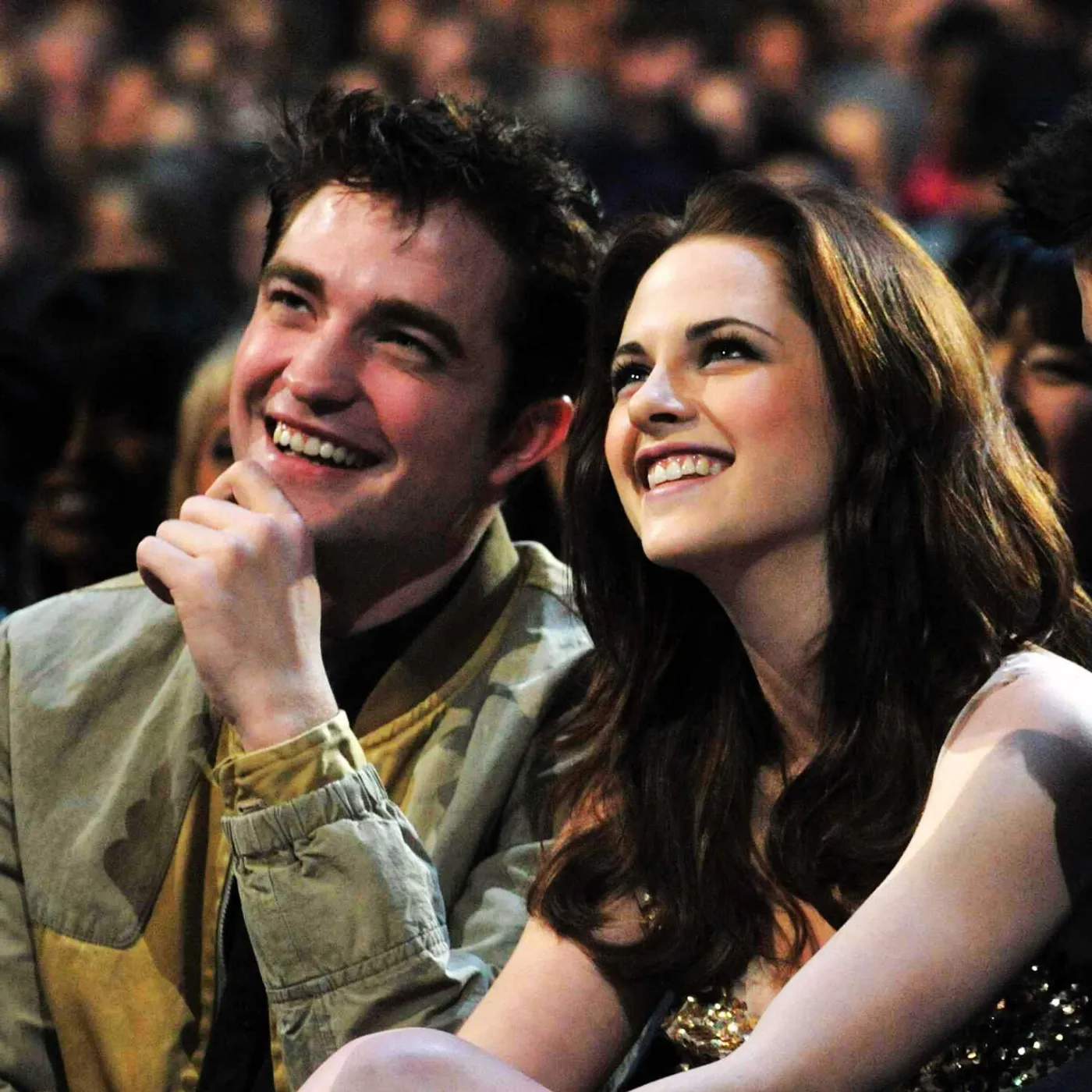
Battling Public Perception and Media Narratives
Escaping Twilight wasn’t just about picking the right films—it was about changing how the world saw them. Both Pattinson and Stewart had to battle dismissive narratives that had been cemented during their Twilight years.
For Pattinson, shaking off the ‘teen idol’ label required proving he wasn’t afraid to get weird, gritty, or unrecognizable. His unhinged performance in Good Time (2017) stunned critics, and his dedication to The Lighthouse (2019), where he shared screen space with Willem Dafoe in an isolated, surreal horror-drama, solidified his reputation as an actor willing to take extreme creative risks.
Stewart, on the other hand, had to battle the outdated criticism that she lacked expressiveness. As she took on more emotionally demanding roles, her understated, naturalistic acting style became her greatest strength. Films like Certain Women (2016) and Seberg (2019) showcased her ability to convey complex emotions with subtlety, proving that she was never the one-dimensional actress critics had once labeled her as.
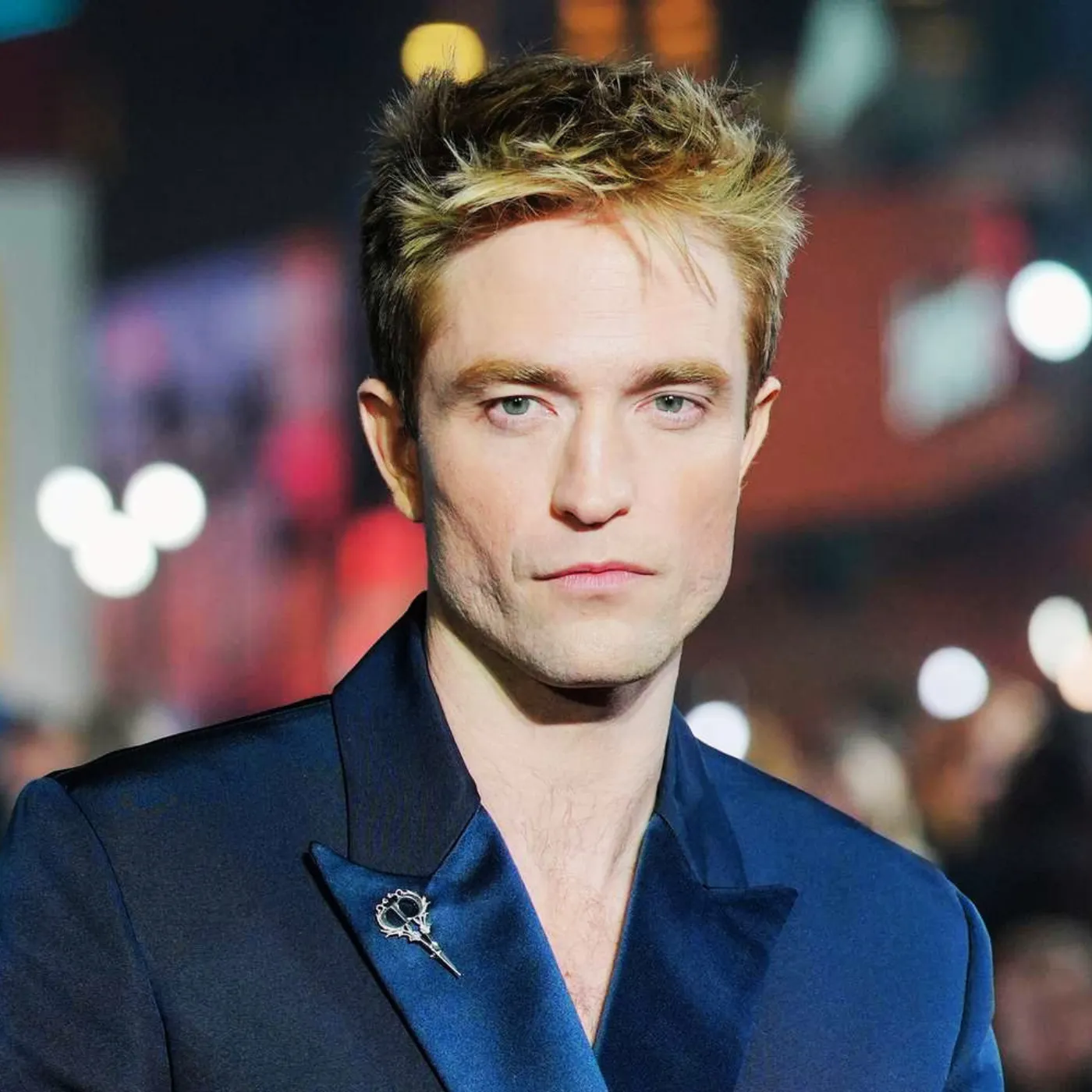
Why So Many Actors Fail to Escape the Franchise Trap
What Pattinson and Stewart have done is rare. Many actors who become associated with massive franchises struggle to move beyond them, either because they remain typecast or because they fail to choose projects that challenge them artistically. The industry often resists seeing them in new lights, while audiences can be hesitant to accept drastic transformations.
The key to their success was not just rejecting commercial films but actively choosing roles that terrified them. They weren’t just running from Twilight; they were sprinting toward artistic credibility, willing to risk commercial obscurity for the sake of real reinvention.
The Inevitable Full Circle?
Ironically, after years of avoiding the Hollywood machine, both actors are slowly finding their way back into mainstream cinema—but on their own terms. Pattinson’s turn as Batman was not just a return to blockbusters but a confirmation that he could take ownership of a franchise rather than be owned by it. Stewart, meanwhile, continues her streak of high-profile yet unconventional choices, recently starring in Love Lies Bleeding (2024), a neon-drenched thriller that maintains her indie credibility while expanding her reach.
The Ultimate Victory
Robert Pattinson and Kristen Stewart didn’t just break out of the Twilight teenybopper prison—they shattered it completely. Their journey wasn’t about rejecting fame but about redefining what success meant on their own terms.
Instead of being remembered as the teenage idols of a bygone era, they are now regarded as two of the most fearless actors of their generation. In an industry that thrives on typecasting and easy labels, their ability to evolve, take risks, and challenge expectations is nothing short of remarkable. And in doing so, they’ve created a blueprint for any actor looking to escape the shadow of an overwhelming franchise.
The Twilight saga may have launched their careers, but they’ve made sure it will never define them.












